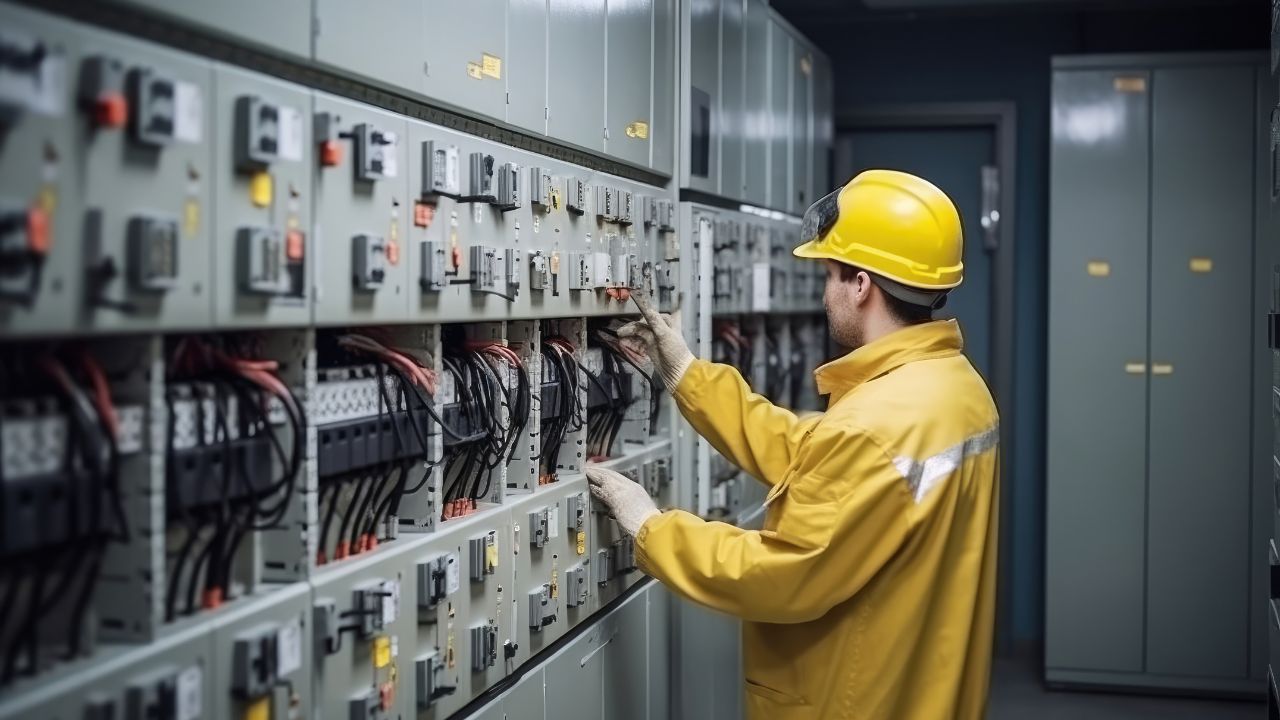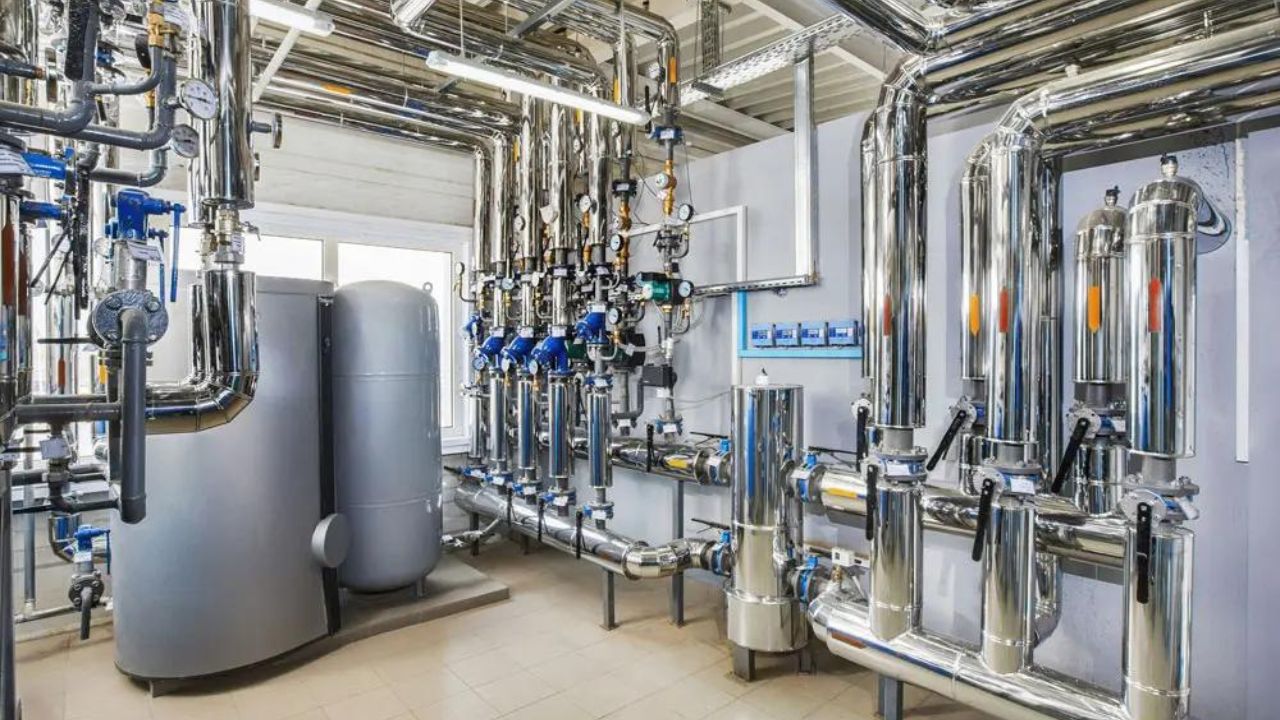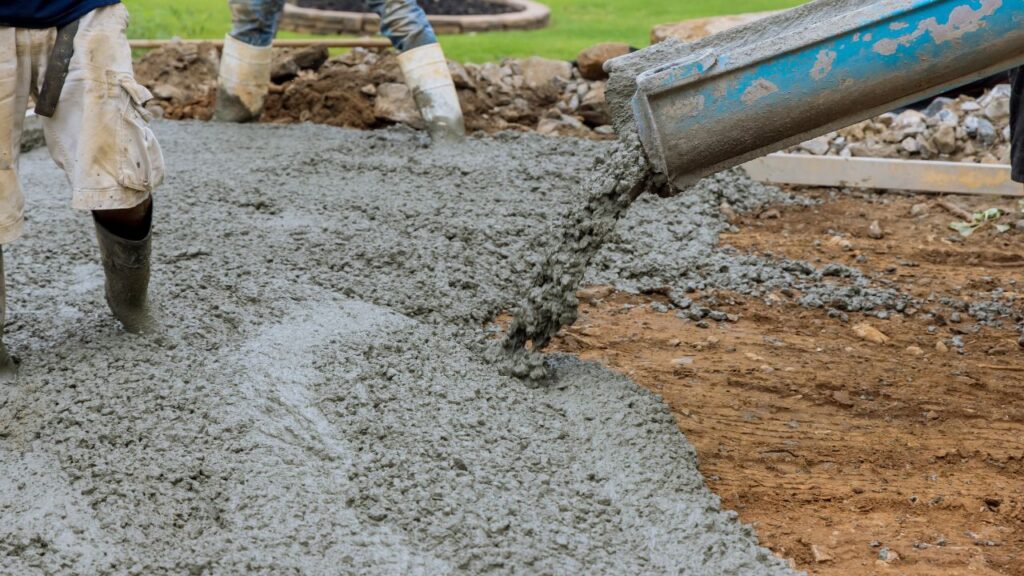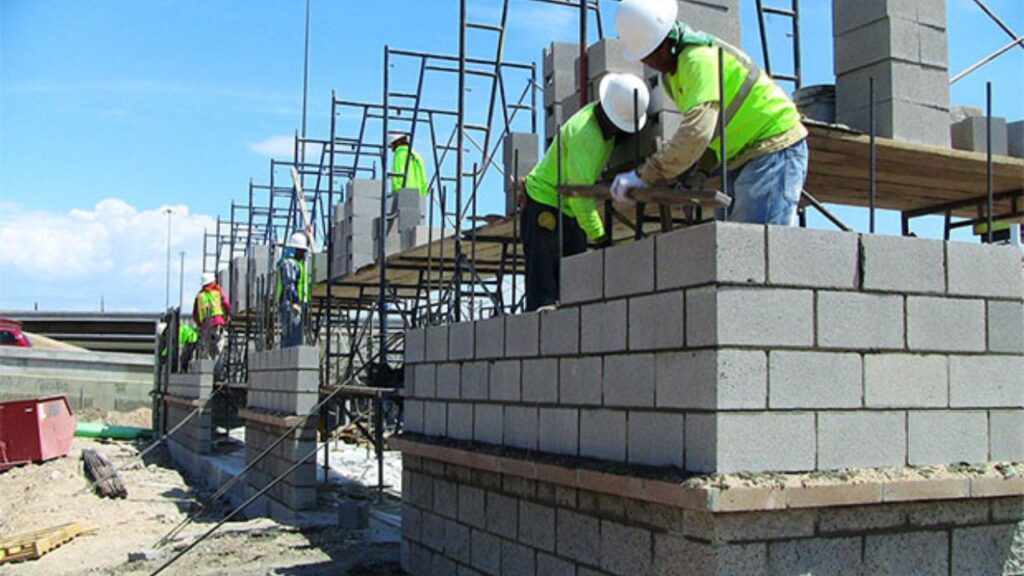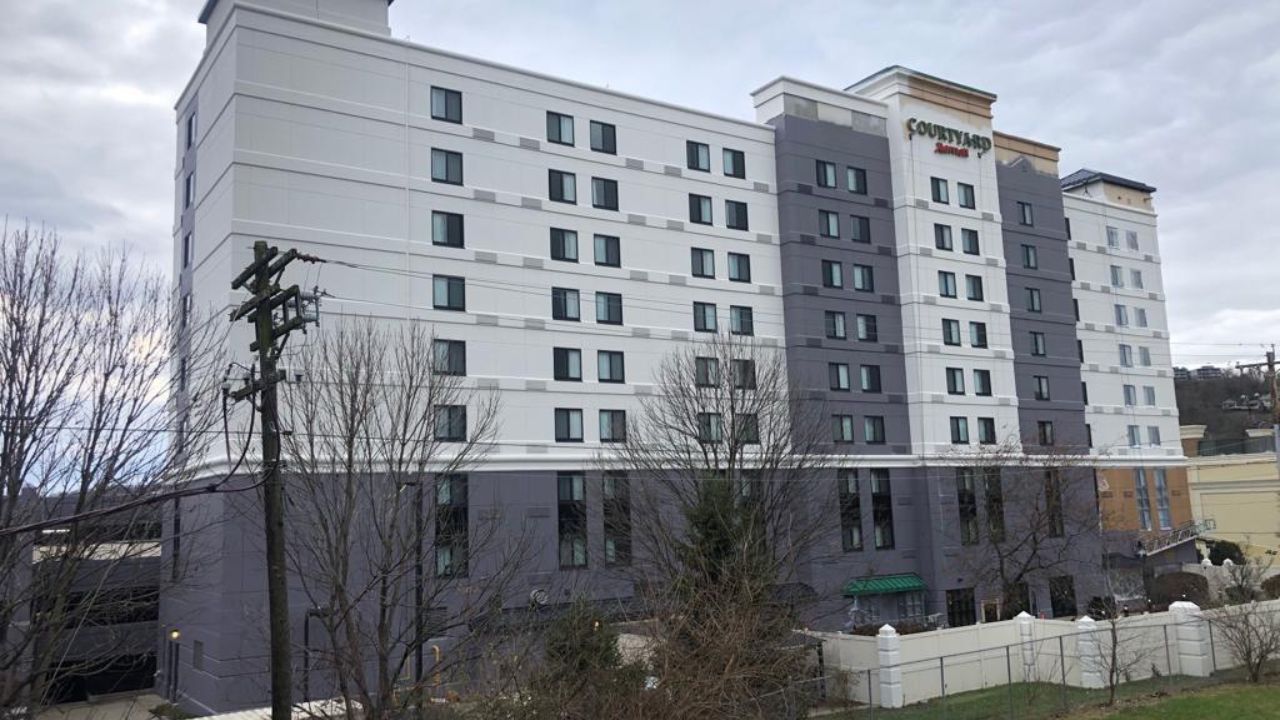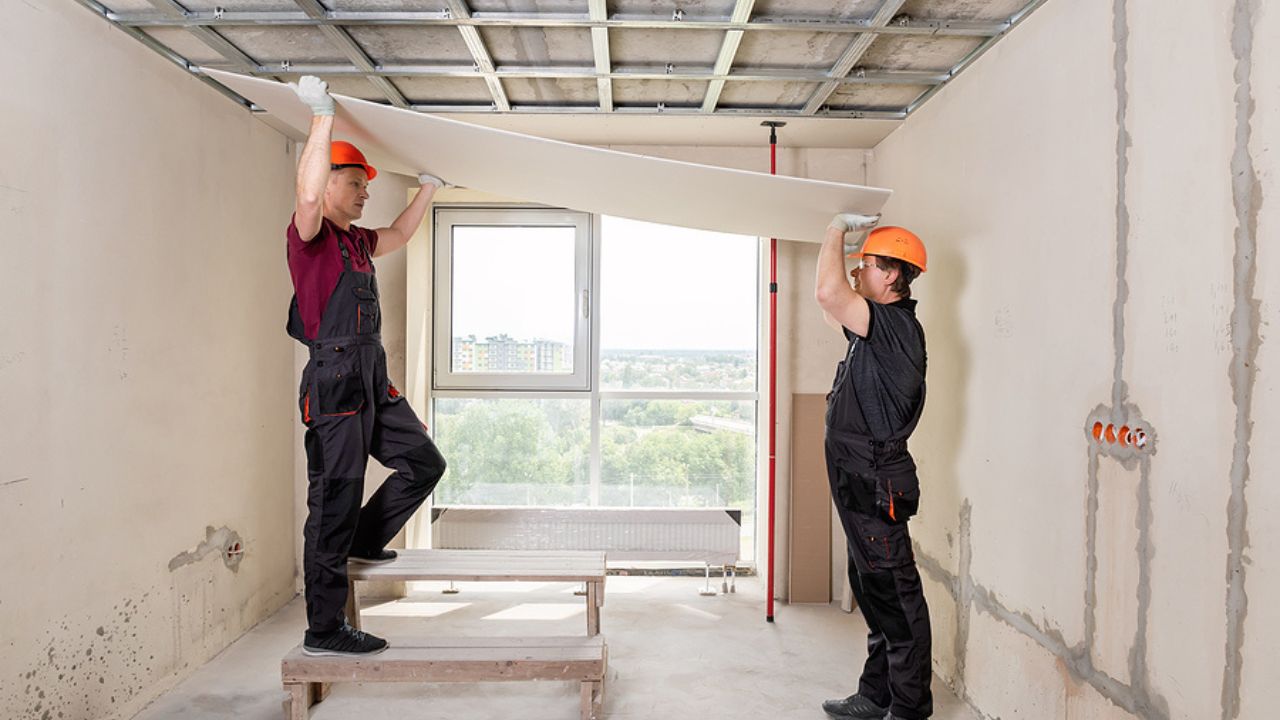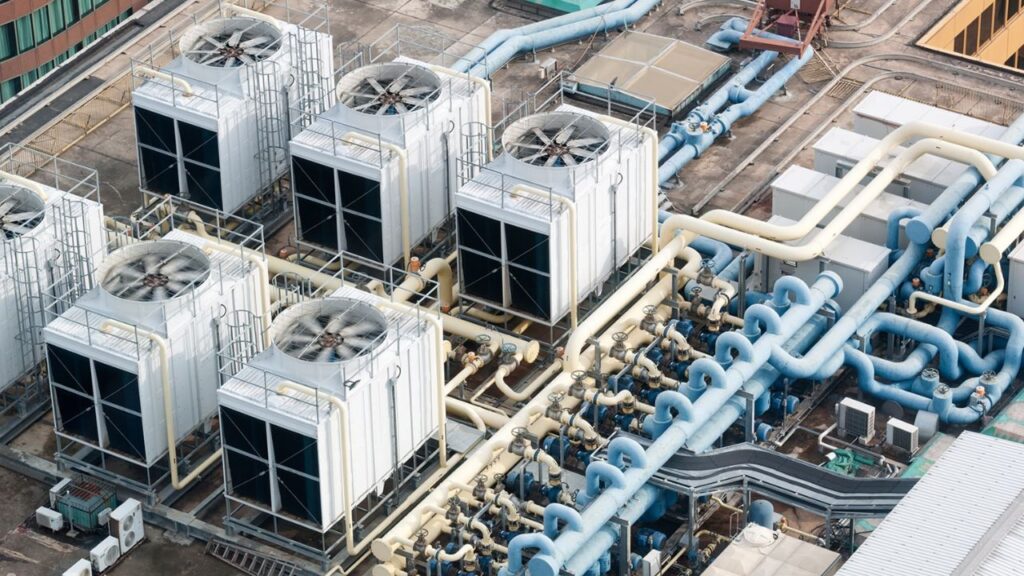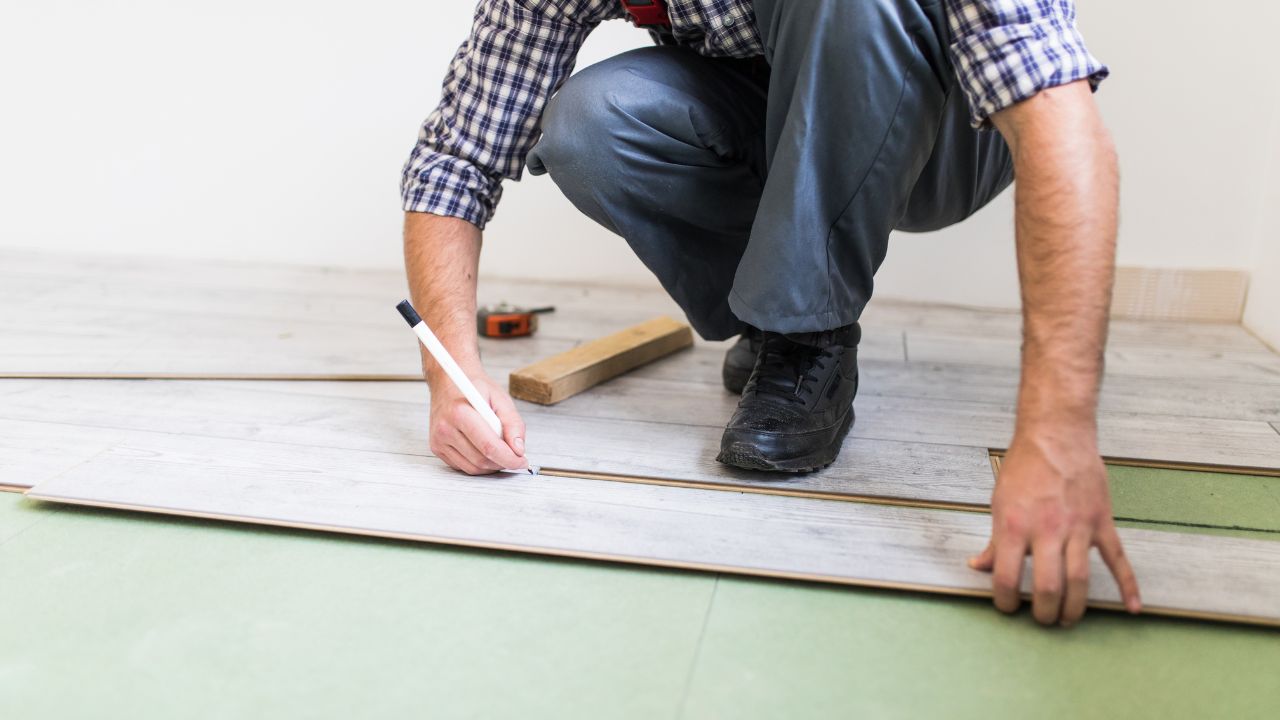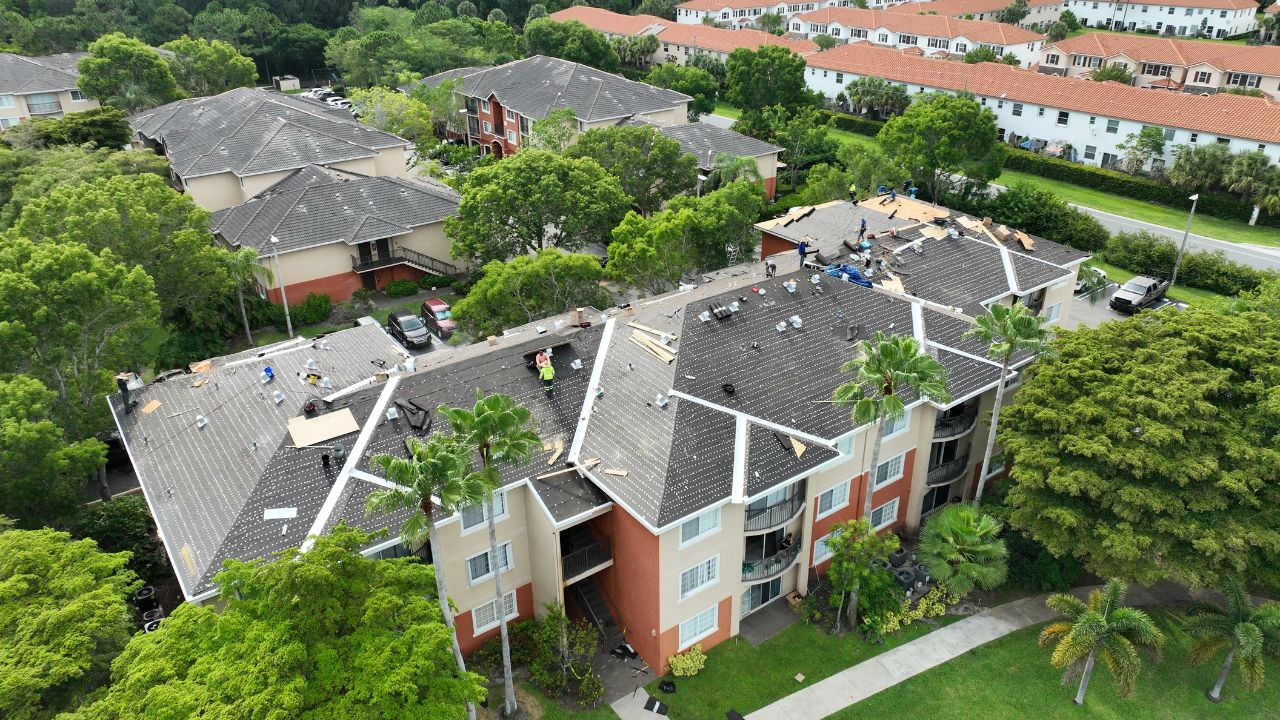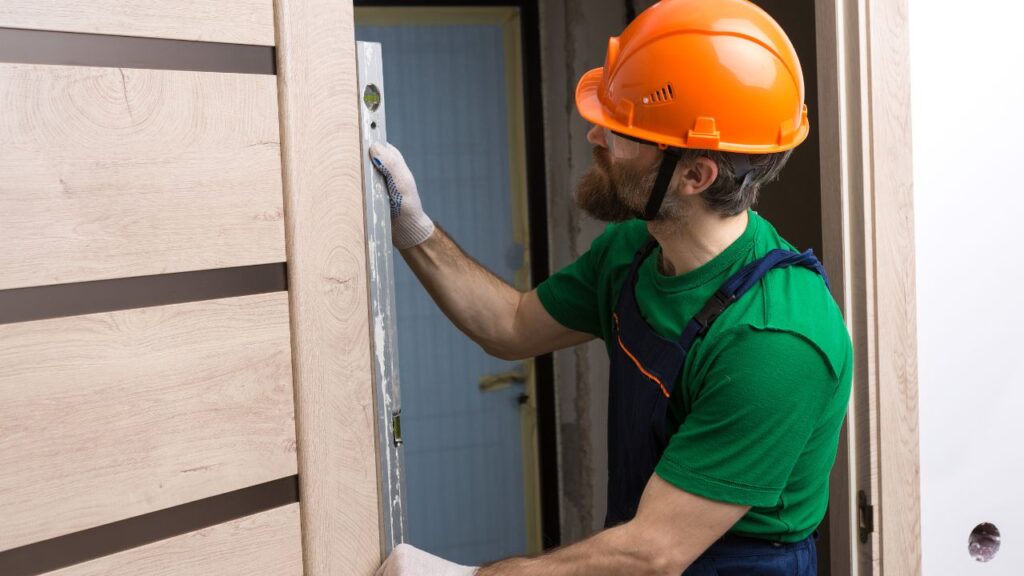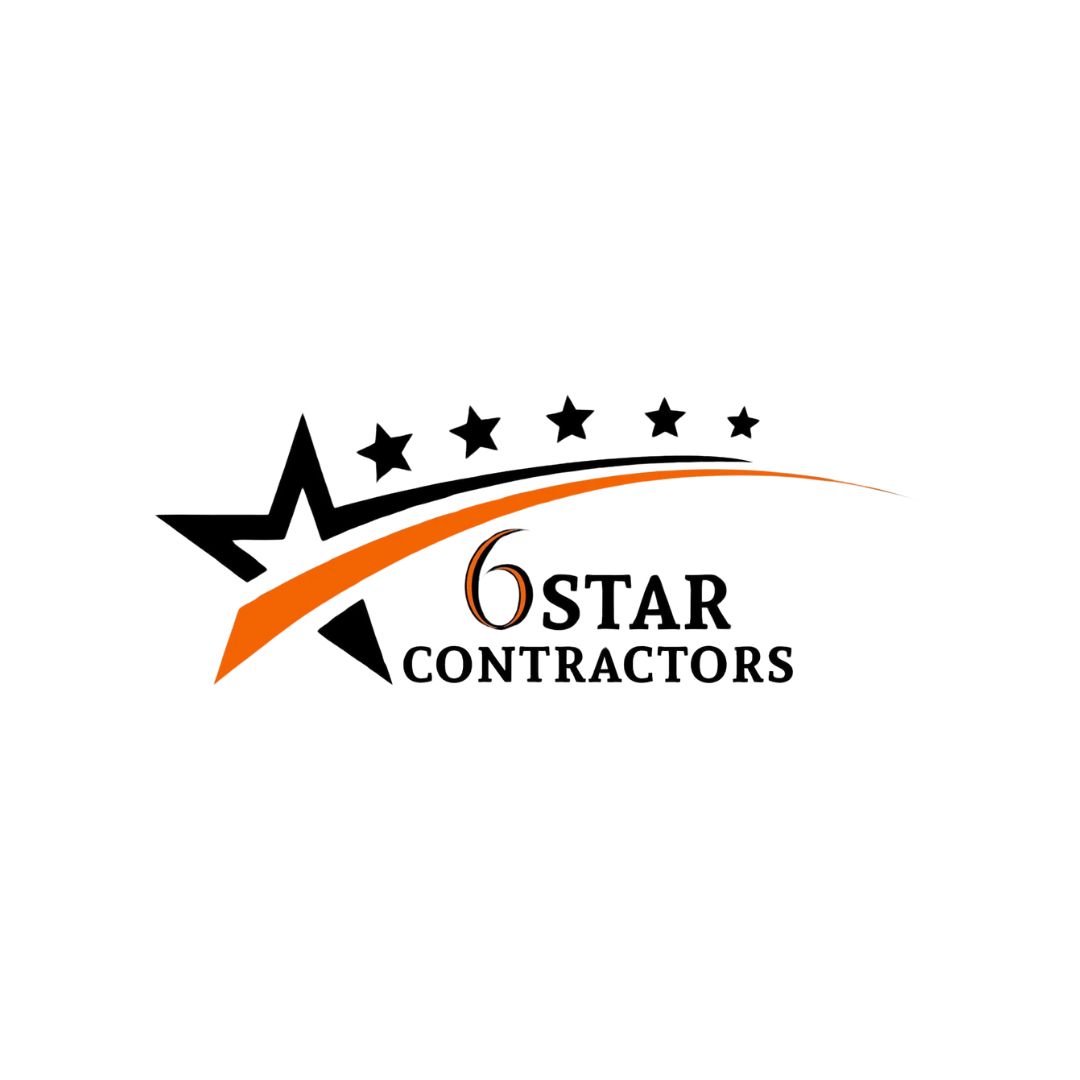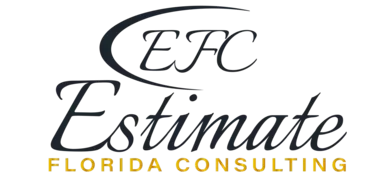The cost to build a harbor is often calculated per square foot, with average costs ranging from $250 to $750 per square foot, depending on the scope and complexity. For smaller, recreational harbors, the cost may be on the lower end of this range, while commercial harbors with advanced infrastructure can be much higher.
Type of Harbor | Cost per Square Foot |
Recreational Harbor | $250 – $450 |
Mixed-Use Harbor | $400 – $600 |
Commercial Port | $500 – $750 |
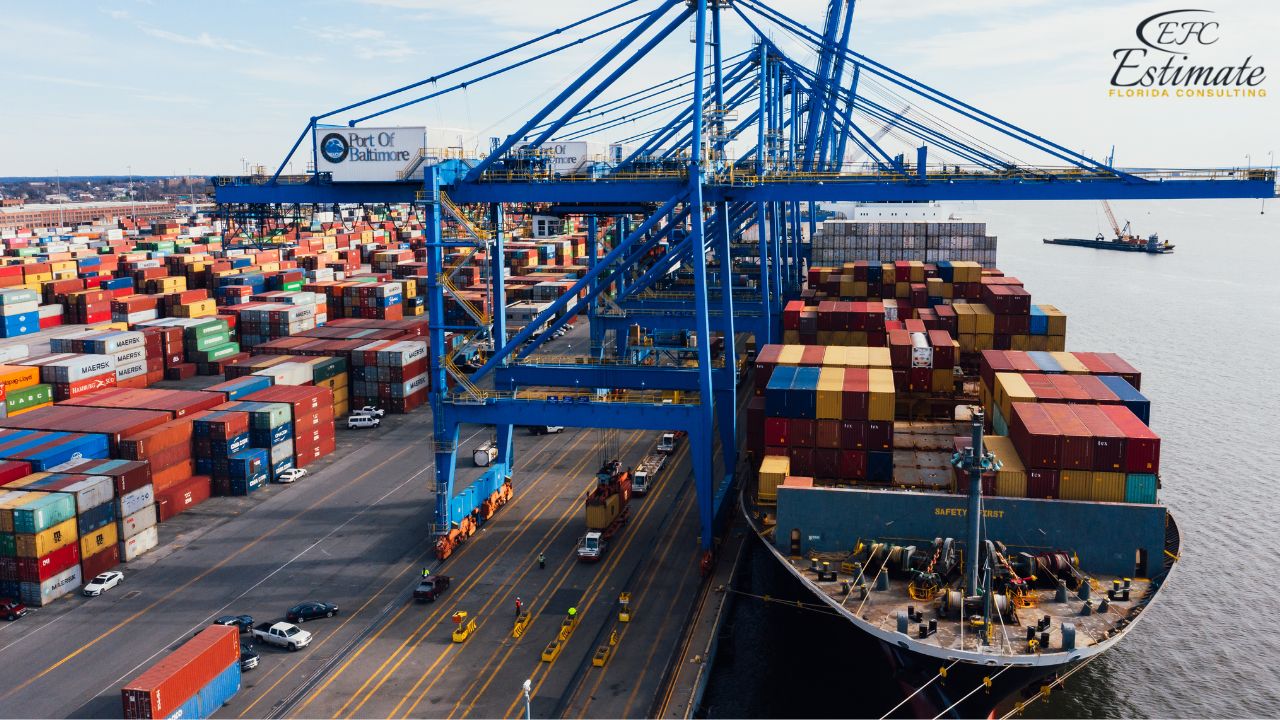
Harbor Construction Cost by Size
Harbor Size | Estimated Cost |
Small Harbor (10 acres) | $20 million – $50 million |
Medium Harbor (50 acres) | $100 million – $300 million |
Large Harbor (100+ acres) | $400 million – $1 billion |
Cost Comparison of Harbors by Purpose
Harbor Purpose | Average Cost Range |
Recreational Harbor | $10 million – $40 million |
Fishing Harbor | $15 million – $60 million |
Commercial Harbor | $50 million – $150 million |
Industrial Harbor | $80 million – $200 million |
Types of Harbors
Recreational Harbors
Recreational harbors are designed for leisure activities like boating, fishing, and docking small watercraft. These harbors often include floating docks, mooring lines, and basic utilities such as lighting and water hookups for boats. They may also feature amenities like boat ramps, picnic areas, and restrooms, making them attractive to tourists and local boaters. Construction costs for recreational harbors typically range from $5 million to $20 million, depending on their size, location, and the level of amenities provided.
Commercial Ports
Commercial ports are large-scale harbors built to handle heavy-duty operations, including cargo shipping and tanker docking. These ports require substantial infrastructure, such as reinforced piers, heavy-duty cranes, and expansive storage facilities like warehouses and container yards. They also include advanced logistics systems for efficient cargo handling. The cost to build a commercial port usually falls between $50 million and $500 million or more, depending on the port’s capacity and the complexity of its design. These ports are vital for global trade and often become economic hubs for the surrounding area.
Get Acquainted with Estimation
Dominate the Competition: Tips to Secure More Construction Bids
Dominate the Competition: Tips to Secure More Construction Bids
Mixed-Use Harbors
Mixed-use harbors are versatile facilities that serve both recreational and commercial purposes. They might feature a blend of floating docks for leisure boats, retail spaces for visitors, and cargo handling areas for light commercial use. These harbors are popular in tourist-friendly locations where both shipping and recreational boating coexist. Construction costs for mixed-use harbors generally range from $30 million to $150 million, depending on the balance of features and the scale of operations.
Private Harbors
Private harbors are built for exclusive use, often serving luxury estates, private clubs, or resorts. These harbors are designed with customization and high-end features in mind, such as yacht-friendly docks, private access roads, and luxury amenities like clubhouses or waterfront lounges. The cost to build a private harbor typically ranges from $10 million to $50 million, depending on its size, location, and level of exclusivity.
Harbor Construction by Design
Fixed Harbors
Fixed harbors use permanent structures like concrete piers and docks, providing a durable and stable setup for high-traffic areas or large vessels. These harbors are especially suitable for locations with minimal tidal fluctuations, ensuring consistent accessibility. Construction costs for fixed harbors typically range from $300 to $700 per square foot, depending on the materials used and the complexity of the design.
Floating Harbors
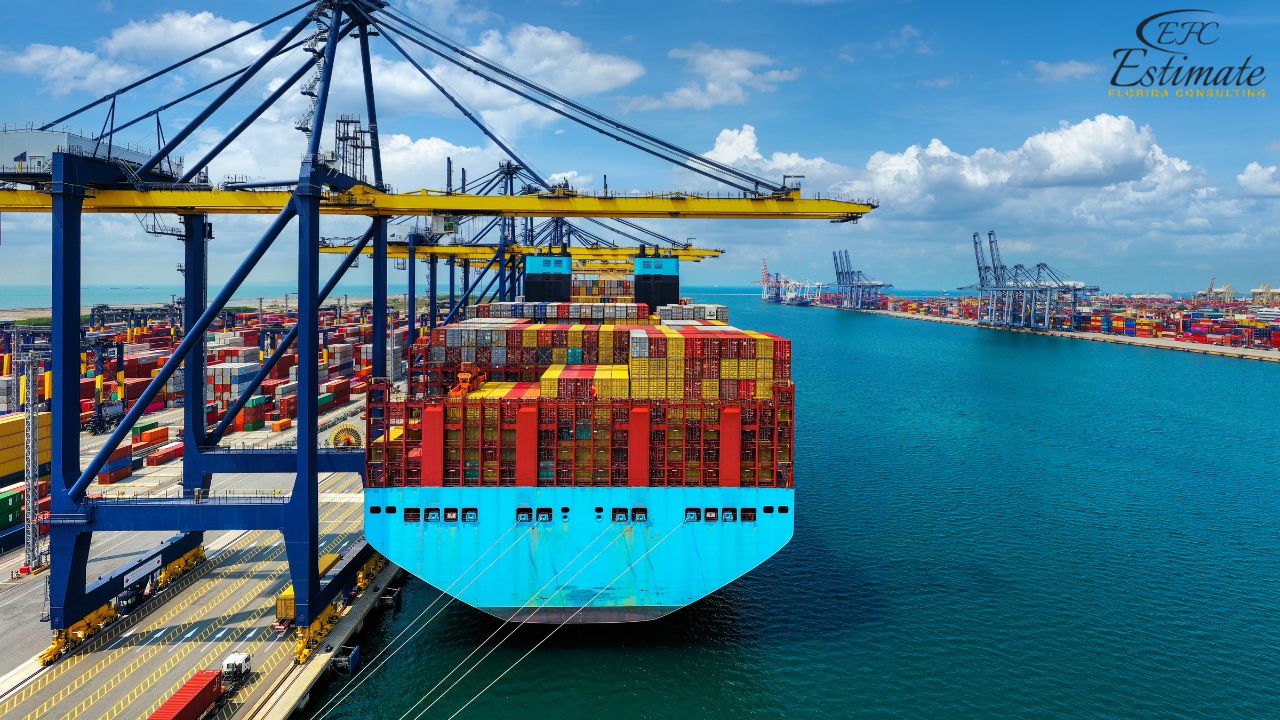
Floating harbors rely on modular docks that rise and fall with changing water levels, making them ideal for areas with significant tidal variations. These harbors are often easier to install and modify than fixed harbors. Construction costs for floating harbors range from $250 to $600 per square foot, offering a flexible solution for a variety of locations and uses.
Dry Stack Harbors
Dry stack harbors store boats on racks above the water rather than in the water, reducing wear and maintenance for the vessels. These harbors are popular for smaller boats and are space-efficient, as they can house multiple boats in a compact area. Construction costs for dry stack harbors range from $200 to $500 per square foot, depending on the type of storage system and its capacity.
Components of Harbor Construction
Dredging Costs
Dredging is a critical step in creating a harbor, involving the removal of sediment to achieve the necessary water depth for vessels. It is especially important for harbors located in shallow areas or with natural silt accumulation. Dredging costs typically range from $20 to $50 per cubic yard, with total project costs varying from $1 million to $10 million, depending on the size and depth requirements of the harbor.
Breakwater Construction
Breakwaters are essential for protecting harbors from waves, storms, and erosion. These structures help maintain calm waters inside the harbor, ensuring safe docking and operations. The cost to build a breakwater ranges from $10 million to $50 million, depending on its length, materials, and design complexity.
Dock and Pier Installation
Docks and piers are among the most critical features of any harbor. They provide docking spaces for vessels and facilitate loading and unloading operations. Costs for dock and pier installation can range from $500,000 to $10 million, depending on the number of structures, their size, and whether they are fixed or floating.
Harbor Infrastructure
Harbor infrastructure includes essential features like storage facilities, parking lots, loading equipment, and administrative buildings. These elements ensure the harbor operates smoothly and efficiently. Depending on the harbor’s purpose and size, infrastructure costs can add $10 million to $100 million to the total project budget.
Utility and Water Supply
Providing essential utilities like electricity, fresh water, and sewage systems is a significant part of harbor construction. These systems are necessary for both recreational and commercial harbors to ensure smooth operations. Costs for utility installation typically range from $1 million to $10 million, depending on the scale and complexity of the project.
Environmental and Legal Costs
Building a harbor comes with strict environmental and legal responsibilities. Projects must comply with regulations, which often require environmental impact studies, obtaining permits, and implementing mitigation plans to minimize ecological damage. These steps ensure the project doesn’t harm marine life or disrupt local ecosystems. Depending on the size of the harbor and the sensitivity of the area, these costs can range from $500,000 to $10 million. For example, building in a protected coastal area may require extensive assessments and additional measures, driving up expenses.
Maintenance and Long-Term Costs
Once a harbor is built, ongoing maintenance is crucial to keep it functional and safe. This includes regular dredging to maintain water depth, repairing docks and piers, and updating infrastructure to handle wear and tear. Maintenance costs generally range from 1% to 5% of the total construction cost each year, depending on the size and complexity of the harbor. For example, a small harbor might require basic repairs, while a large commercial harbor may need advanced systems like automated cranes or upgraded electrical systems, increasing long-term costs. Regular upkeep ensures the harbor continues to serve its purpose efficiently while minimizing future repair expenses.
Win More Projects With Us
What Affects the Cost of Building a Harbor?
1. Location and Site Conditions
Where you build a harbor plays a huge role in the overall cost. Coastal areas with challenges like unstable soil, high tides, or rough wave conditions often need extra reinforcements, such as breakwaters or seawalls, which can significantly drive up expenses. Urban locations usually have higher land acquisition costs due to limited space and higher property values, while rural areas may offer cheaper land but might require additional infrastructure to connect the harbor to existing transportation networks.
2. Harbor Size and Purpose
The size and intended use of the harbor are major cost factors. Small harbors for recreational use might only need basic piers, a few docks, and minimal dredging. On the other hand, larger commercial harbors require complex facilities like deep-water berths, heavy-duty cranes, and container terminals. The purpose of the harbor—whether it’s for industrial shipping, fishing fleets, or tourism—further influences design and infrastructure requirements, which directly impact costs.
3. Materials Used
The materials chosen for construction can make a big difference in the budget. Durable options like reinforced concrete and steel are common for piers and docks, while rubble and geotextiles are often used for breakwaters. High-quality materials increase durability and reduce long-term maintenance, but they also come with higher upfront costs. Choosing the right materials depends on the harbor’s location, purpose, and environmental challenges.
4. Permits and Regulations
Before construction begins, you’ll need to secure permits and meet strict regulations, which can add a significant amount to the project cost. In Florida, this process might involve obtaining federal, state, and local permits for coastal development, as well as completing environmental impact assessments. Permit costs can range from $100,000 to $1 million, depending on the complexity of the project and the regulatory requirements. Navigating this process often requires hiring legal and environmental experts, which further adds to expenses.
Modern Trends in Harbor Construction
Green Harbors
Sustainability is a growing focus in harbor construction. Green harbors use renewable energy sources, such as solar panels and wind turbines, to power operations. They also incorporate sustainable building materials and eco-friendly practices to reduce their carbon footprint. These innovations are reshaping how harbors are built and operated, emphasizing environmental responsibility.
Smart Harbors
Smart harbors leverage Internet of Things (IoT) technology to enhance efficiency and safety. Real-time monitoring systems track vessel movements, cargo handling, and weather conditions, allowing operators to make data-driven decisions. Smart harbors also integrate automated scheduling and predictive maintenance systems, reducing downtime and improving overall operations.
Automated Ports
Automation is transforming modern harbors by reducing reliance on manual labor. Automated ports use advanced robotics and machinery for tasks like loading and unloading cargo, improving speed and accuracy. While the upfront investment is substantial, automation significantly reduces long-term labor costs and enhances operational efficiency. This trend is particularly prevalent in large, high-traffic ports aiming to streamline operations and remain competitive.
Additional Costs in Harbor Construction
Maintenance Dredging
Harbors require regular maintenance dredging to ensure the waterways remain deep and clear enough for vessels to navigate safely. Sediment buildup can block channels, reducing harbor efficiency and posing safety risks. The cost of maintenance dredging typically ranges from $1 million to $10 million annually, depending on the size of the harbor, the frequency of dredging required, and local sedimentation rates. This ongoing expense is crucial for maintaining the harbor’s functionality and accessibility.
Security and Surveillance Systems
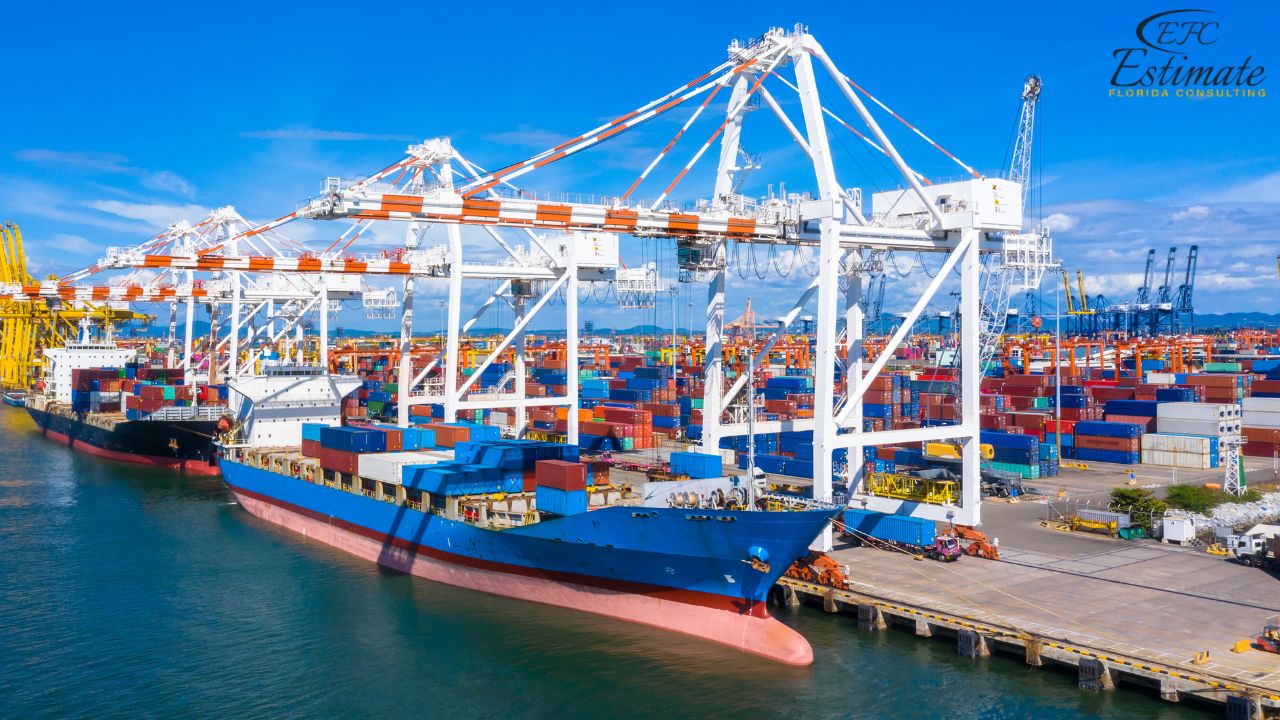
Modern harbors must prioritize security to protect against potential threats, including theft, vandalism, and unauthorized access. Robust security systems include high-resolution surveillance cameras, perimeter fencing, controlled access points, and security patrols. Installing these systems is a significant investment, with costs ranging from $5 million to $30 million, depending on the harbor’s size, level of technology integration, and the complexity of the security infrastructure. This ensures both the safety of the facility and compliance with international security standards.
Automated Ports
Automation is transforming modern harbors by reducing reliance on manual labor. Automated ports use advanced robotics and machinery for tasks like loading and unloading cargo, improving speed and accuracy. While the upfront investment is substantial, automation significantly reduces long-term labor costs and enhances operational efficiency. This trend is particularly prevalent in large, high-traffic ports aiming to streamline operations and remain competitive.
Environmental Monitoring
Harbors must address their environmental impact, both during and after construction. Post-construction monitoring involves tracking water quality, marine life, and coastal erosion to ensure the harbor’s operations comply with environmental regulations. The cost for environmental monitoring ranges from $500,000 to $5 million annually, depending on factors like the harbor’s location, the surrounding ecosystem’s sensitivity, and the scope of the monitoring program. This ongoing process helps minimize ecological disruptions and promotes sustainable operations.
Cost Estimation Process for Harbor Construction
Initial Planning
Start by defining the purpose of the harbor—whether it’s for commercial shipping, recreational use, or a mix of both. Determine its size and choose a suitable location, taking into account factors like proximity to water channels, existing infrastructure, and accessibility.
Feasibility Studies
Conduct detailed site assessments to evaluate soil conditions, water depths, and potential challenges. Perform environmental impact studies to understand how the project might affect local ecosystems and ensure sustainable development.
Design Development
Collaborate with architects and engineers to create detailed design plans. These should include layouts for docks, piers, and supporting facilities, as well as considerations for safety, navigation, and operational efficiency.
Budgeting
Develop a thorough cost estimate that accounts for construction, materials, labor, and equipment. Include a contingency budget to cover unexpected costs, such as delays or unforeseen site conditions.
Download Template For Harbor Construction Project Breakdown
- Materials list updated to the zip code
- Fast delivery
- Data base of general contractors and sub-contractors
- Local estimators
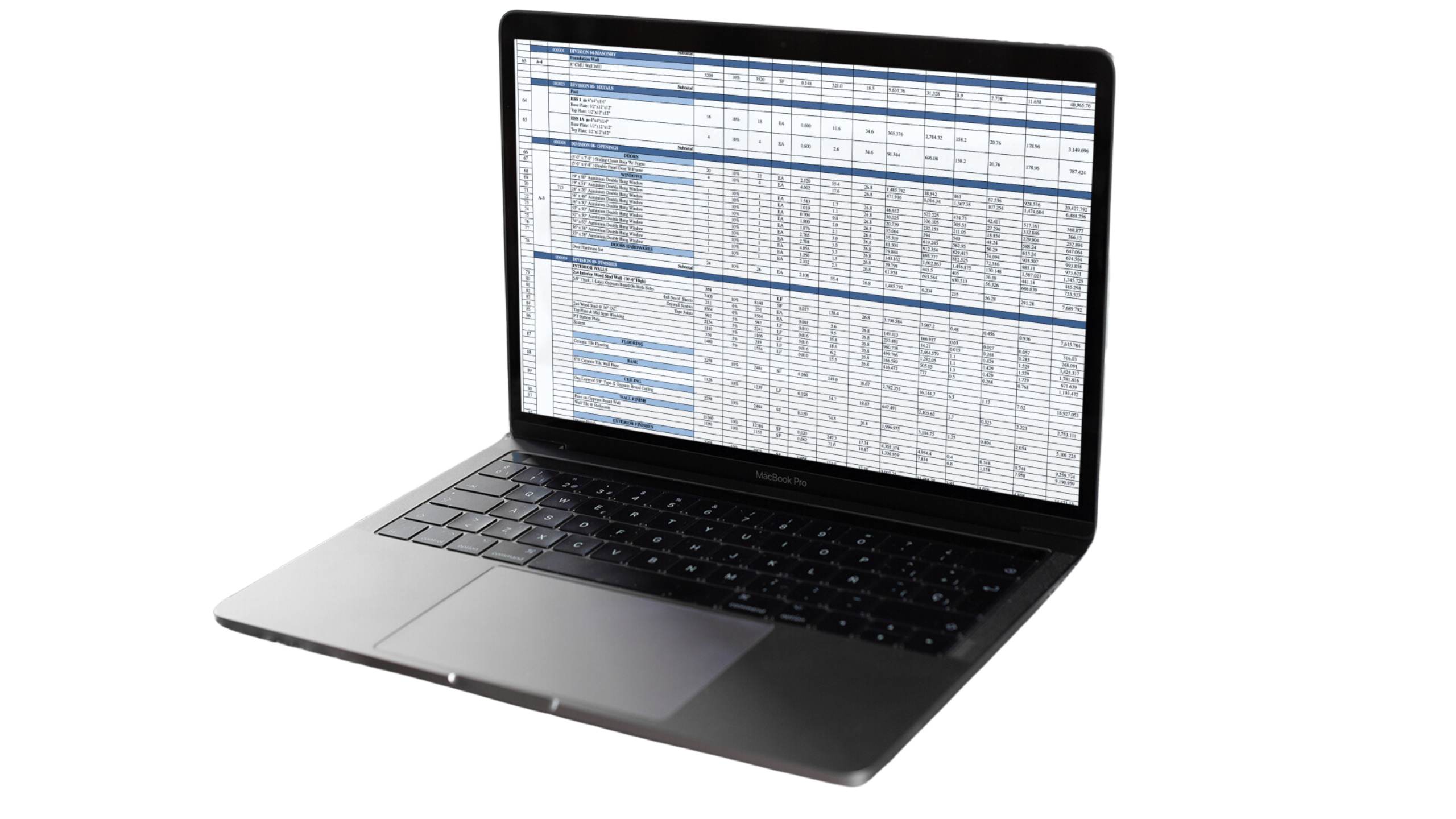
Regulatory Approvals
Work on obtaining the necessary permits and approvals from local, state, and federal authorities. Ensure compliance with all regulations, including environmental and zoning laws, to avoid potential legal or operational issues.
Conclusion
Building a harbor is a complex process that requires careful planning and substantial financial investment. Understanding the various factors that influence costs, from design choices to environmental compliance, can help stakeholders make informed decisions. Whether constructing a recreational marina or a large commercial port, accurate cost estimation is essential for a successful project.
Frequently Asked Question
The cost of building a harbor typically ranges from $250 to $750 per square foot. Smaller recreational harbors are on the lower end, while commercial and industrial harbors with advanced infrastructure can exceed this range.
Recreational harbors cost approximately $250 to $450 per square foot. For a small recreational facility, total costs range from $10 million to $40 million, depending on amenities and location.
The cost to construct a commercial port varies widely, starting at $50 million and exceeding $500 million for large-scale, high-capacity ports with advanced infrastructure like cranes and container yards.
Mixed-use harbors serve both recreational and commercial purposes, blending facilities like docks for leisure boats with cargo-handling areas. Construction costs range from $30 million to $150 million, based on scale and features.
Key factors include:
- Location: Coastal conditions and land costs
- Size and Purpose: Larger or commercial harbors cost more
- Materials Used: Durable materials increase costs
- Permits and Regulations: Legal and environmental compliance
Dredging costs range from $20 to $50 per cubic yard. Total costs for harbor dredging can range from $1 million to $10 million, depending on the size and depth required.
Breakwater construction costs vary from $10 million to $50 million, depending on the length, materials, and complexity of the design.
Floating harbors cost approximately $250 to $600 per square foot, while fixed harbors range from $300 to $700 per square foot. Floating designs are more flexible for tidal variations but might have lower durability.
Annual maintenance costs range from 1% to 5% of the total construction cost. For example, a $50 million harbor may require $500,000 to $2.5 million per year for maintenance.
Yes, these costs range from $500,000 to $10 million, covering environmental impact studies, permits, and mitigation measures to minimize ecological disruption.
Comprehensive Trade-Specific Estimates
At Estimate Florida Consulting, we offer detailed cost estimates across all major trades, ensuring no part of your project is overlooked. From the foundation to the finishing touches, our trade-specific estimates provide you with a complete and accurate breakdown of costs for any type of construction project.

Testimonials
What Our Clients Say
We take pride in delivering accurate, timely, and reliable estimates that help contractors and builders win more projects. Our clients consistently praise our attention to detail, fast turnaround times, and the positive impact our estimates have on their businesses.
Estimate Florida Consulting has helped us win more bids with their fast and accurate estimates. We trust them for every project!

Steps to Follow
Our Simple Process to Get Your Estimate
01
Upload Plans
Submit your project plans, blueprints, or relevant documents through our online form or via email.
02
Receive Quotation
We’ll review your project details and send you a quote based on your scope and requirements.
03
Confirmation
Confirm the details and finalize any adjustments to ensure the estimate meets your project needs.
04
Get Estimate
Receive your detailed, trade-specific estimate within 1-2 business days, ready for your project execution.


